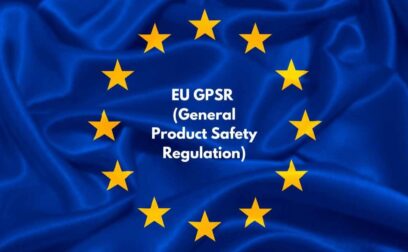Definition
The triple bottom line is a framework that evaluates a company’s performance and impact on three key dimensions: economic, social, and environmental.
What is the triple bottom line?
It is often used as an approach to measure a company’s sustainability and corporate social responsibility.
Here’s a breakdown of each component of the triple bottom line:
- Economic bottom line: This aspect focuses on the financial performance of a company. The economic bottom line assesses whether a company is economically viable and profitable, which is essential for its survival and growth.
- Social bottom line: The social bottom line assesses a company’s impact on people and communities, including employees, customers, suppliers, and the broader society. Companies that prioritise their social bottom line aim to create positive societal outcomes and contribute to the well-being of stakeholders.
- Environmental bottom line: This dimension evaluates a company’s impact on the natural environment. It includes factors like resource conservation, pollution prevention, carbon footprint, and sustainability practices. Companies that focus on their environmental bottom line seek to operate in a way that minimises harm to the environment.
Companies that consider all three bottom lines are better prepared to identify and mitigate risks associated with economic, social, and environmental challenges. Furthermore it can enhance businesses reputation, and attract socially conscious consumers and investors.
Example of the triple bottom line
Imagine a manufacturing company called “GreenTech Innovations” that produces eco-friendly solar panels:
- Social dimension: GreenTech Innovations prioritises the well-being of its employees and local communities. The company provides fair wages, safe working conditions, and opportunities for professional development to its employees.
- Environmental dimension: GreenTech Innovations focuses on reducing its environmental footprint throughout its operations. The company implements energy-efficient manufacturing processes, minimises waste generation, and sources renewable materials for its products.
- Financial dimension: GreenTech Innovations aims to achieve financial success while also considering its social and environmental impacts. By producing high-quality and innovative solar panels, the company attracts environmentally-conscious customers and generates revenue.
In this example, GreenTech Innovations demonstrates a commitment to the triple bottom line by balancing social, environmental, and financial considerations in its business strategy.
































 yet? Register here!
yet? Register here!